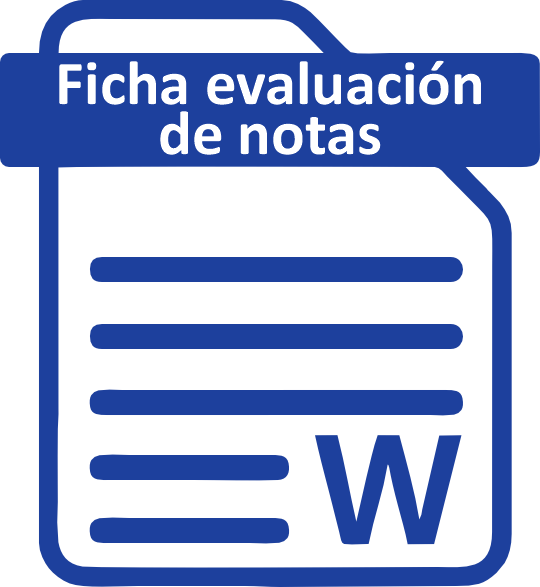The resources of the disturbing narration as referentiality features of the narrative fiction
Abstract
The present work starts from considering the author’s own creative process as a matter of aesthetic reflection. To that end, we first demarcate conceptual aspects related to the nature of the creative process in the field of narration. It reflects on the nature of aesthetic creation as such and on its relationship with the peculiar handling of linguistic resources made by the author. Likewise, the mimetic character of fiction is established because it is constituted as a representation of the real through language. From those indicated, it is demonstrated that the strategies of the disturbing narration proposed by Sabine Schlickers (2017) and their aesthetic effects in the reception of the texts corroborate the mimetic character of the narration, precisely because that character is the result of a use singular language. In that way, it is underscored the impossibility of art, in general, and narration working outside the referent from which they necessarily start and to which they necessarily appeal.
Downloads
Copyright (c) 2019 John Harvey Valle Araujo

This work is licensed under a Creative Commons Attribution 4.0 International License.
Authors retain their rights:
a. The authors retain their trademark and patent rights, as well as any process or procedure described in the article.
b.The authors retain the right to share, copy, distribute, perform and communicate publicly the article published in the Boletín de la Academia Peruana de la Lengua (for example, placing it in an institutional repository or publishing it in a book), with an acknowledgment of its initial publication in the Boletín de la Academia Peruana de la Lengua.
c. Authors retain the right to make a subsequent publication of their work, to use the article or any part of it (for example: a compilation of their work, notes for conferences, thesis, or for a book), as long as they indicate the source of publication (authors of the work, journal, volume, number and date).

.gif)






























